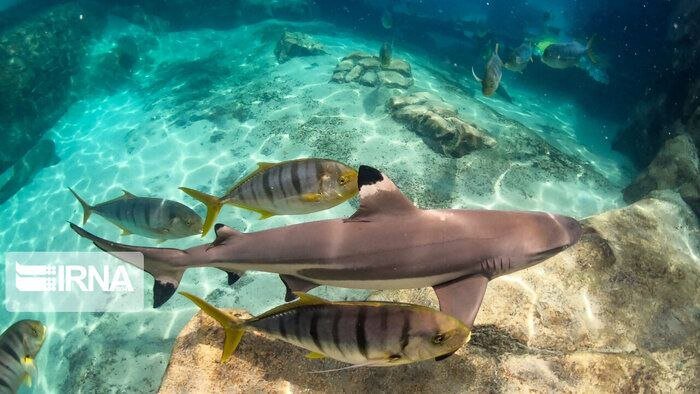Tehran – The Ministry of the Environment (DOE) is drafting an action plan for the preservation of sharks and rays.
“This is a national document and its implementation is essential for the relevant organization,” the IRNA quoted Shahram Fadakar, a DOE official.
Referring to the important role of cartilage fish in marine ecosystems, Fadakar said sharks and rays sit on top of the marine food web. They play an important role in maintaining a biological balance. A decline in the population of sharks and rays affects the survival of marine communities.
Unfortunately, excessive fishing and illegal fishing, their late maturity and low breeding have threatened these species by extinction.
Over a third of cartilage fish species are on the International Union for Conservation of Nature (IUCN) Red List. Among them, the rays are ed to the very endangered.
The action plan, which employs a participatory approach, aims to identify threats, reduce conflict, promote a culture of conservation, and determine five-year priorities.
Fadakar said the DOE had previously conducted 48 educational and participatory workshops in the coastal state.
The latest workshop was held with the participation of representatives from the National Planning and Budget Agency to strengthen cooperation between the Iranian Fisheries Organisation, the Ministry of Industry, the Ministry of Mining, the Iranian Customs Authority, and the Iranian Customs Authority, and these agencies.
Rays and skates are the order of cartilage fish, including various types of rays, skates and other similar fish. They mainly eat small fish, invertebrates and benthic creatures, searching for food at the bottom of the ocean, with mouths underneath the bodies that easily catch and eat prey.
Overfishing, marine pollution, and habitat loss are one of its main threats. Conservation efforts include hunting restrictions and habitat protection.
Sharks are a large group of cartilage fish, half of which are listed on the IUCN Red List as endangered species. There are seven varieties of sharks in the Persian Gulf, including bathed sharks, bathed sharks, whale sharks, threadher sharks, bull sharks, shark catfish and zebra sharks. Four shark species, from the Persian Gulf and the Omani Sea, are currently highly endangered, with 13 species on the IUCN Red List.
Overfishing, inappropriate fishing methods, and habitat loss are among the factors responsible for the extinction of sharks in the Persian Gulf.
Action is a plan to save seeds
The DOE has developed an action plan for the conservation of 23 endangered species, and the plan is being implemented domestically.
The plan aims to address species such as cheetahs, brown bears, leopards, black bears, Persian yellowdia, Persian zebras and game birds among the 86 endangered species.
According to the latest report from DOE, 86 species in the country are at risk of death.
The Ministry of the Environment plans to develop an action plan for 20 endangered species.
mt/mg

